Lumbar Discogenic Pain Syndrome
Lumbar discogenic pain syndrome. Back pain is second only to the common cold as a cause of lost. The topic of todays discussion is discogenic low back pain. Symptomatic thoracic discogenic pain syndrome TDPS is a rare phenomenon making it challenging to diagnose.
These two clinical conditions tend to occur separately in the lumbar spine. LBP may be related to several pathological entities such as lumbar disc herniation spinal stenosis and instability. Lumbar facet joint disorders most commonly cause lower back pain that is characterized by a localized ache with some degree of stiffness.
Conservative care includes physical therapy anti-inflammatory medication analgesics and nonhabit-forming sleep aids. Starting with a loss of fluid in the inner core of the vertebral disc the nucleus pulposus the disc then loses resilience and elasticity which can. The 2021 edition of ICD-10-CM M5136 became effective on October 1 2020.
Low back pain is a common condition can be caused by lumbar sprain spinal stenosis disc herniation and different degenerative spinal disorders. This article will focus on the pathophysiology evaluation and treatment of lumbosacral discogenic syndrome and pain arising from pathology involving the intervertebral disc. Discogenic back pain Pain syndrome that originates from a lumber disc.
Discogenic pain and facet syndrome respectively represent two particular subtypes of LBP. Pain generator Broadly degenerative disc disease DDDis a cause of discogenic back pain. The pain is exacerbated by activity but may be present in certain positions such as sitting.
Discogenic pain syndrome occurs when the posterior annulus whose job is to hold the highly pressurized nucleus pulposus in the center of the disc tears usually from the inside out through which in turn allows nucleus pulposus to escape from the confines of the discs center and push into the outer highly innervated filled with pain-generated nerve fiber region of the annulus. Other intervertebral disc degeneration lumbar region. What is lumbar discogenic pain syndrome.
Definition A complex multifactorial clinical condition characterized by low back pain with or without the concurrence of radicular lower limb symptoms in the presence of radiologically-confirmed degenerative disk disease. The thoracic spine and sacrum exhibit kyphosis which is present at birth while the cervical and lumbar spine exhibit fully developed.
This article will focus on the pathophysiology evaluation and treatment of lumbosacral discogenic syndrome and pain arising from pathology involving the intervertebral disc.
Discogenic pain and facet syndrome respectively represent two particular subtypes of LBP. Pain generator Broadly degenerative disc disease DDDis a cause of discogenic back pain. The thoracic spine and sacrum exhibit kyphosis which is present at birth while the cervical and lumbar spine exhibit fully developed. Definition A complex multifactorial clinical condition characterized by low back pain with or without the concurrence of radicular lower limb symptoms in the presence of radiologically-confirmed degenerative disk disease. Other intervertebral disc degeneration lumbar region. The 2021 edition of ICD-10-CM M5136 became effective on October 1 2020. Athletes are susceptible to degenerative disc changes at an early age because of the repetitive loading activities involved in sports. Intervertebral discs are pads of fibrocartilage that sit between the spinal vertebrae occupying roughly one-third of the height of the spinal column. The topic of todays discussion is discogenic low back pain.
Starting with a loss of fluid in the inner core of the vertebral disc the nucleus pulposus the disc then loses resilience and elasticity which can. Discogenic pain involves degenerative changes of the intervertebral disc including structural defects that result in biomechanical instability and inflammation. An acute or subacute disc injury should initially be treated conservatively. Discogenic pain and facet syndrome respectively represent two particular subtypes of LBP. Discogenic pain syndrome occurs when the posterior annulus whose job is to hold the highly pressurized nucleus pulposus in the center of the disc tears usually from the inside out through which in turn allows nucleus pulposus to escape from the confines of the discs center and push into the outer highly innervated filled with pain-generated nerve fiber region of the annulus. M5136 is a billablespecific ICD-10-CM code that can be used to indicate a diagnosis for reimbursement purposes. Definition A complex multifactorial clinical condition characterized by low back pain with or without the concurrence of radicular lower limb symptoms in the presence of radiologically-confirmed degenerative disk disease.
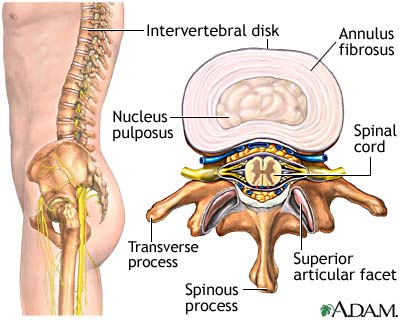
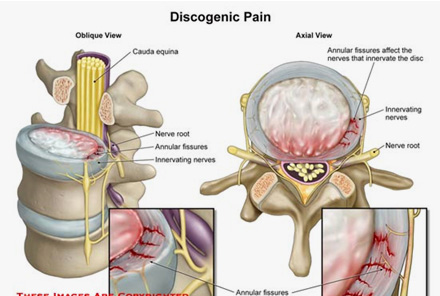

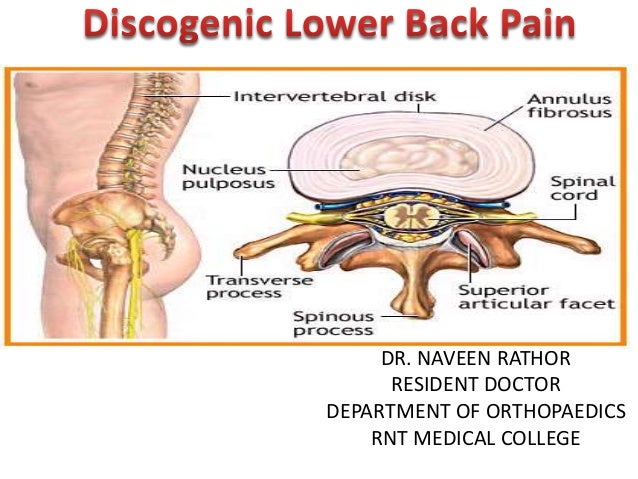
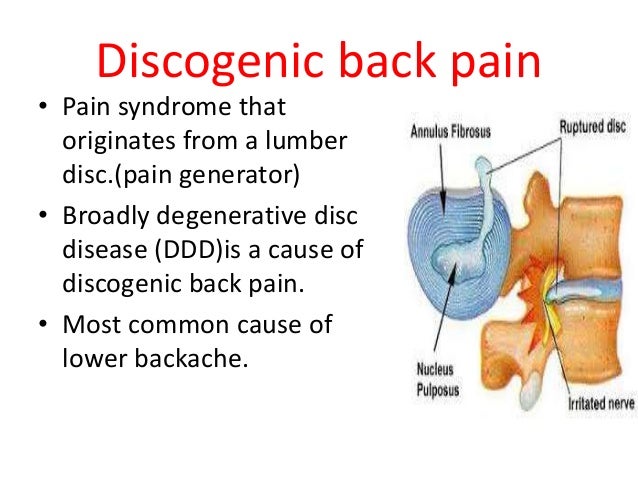
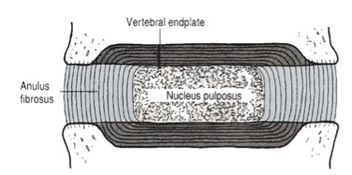

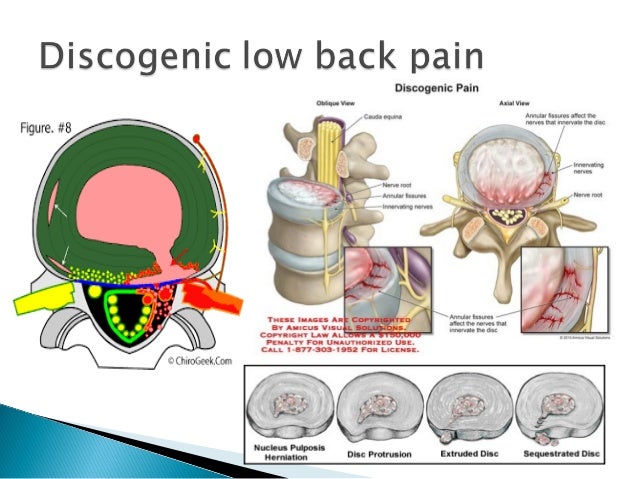


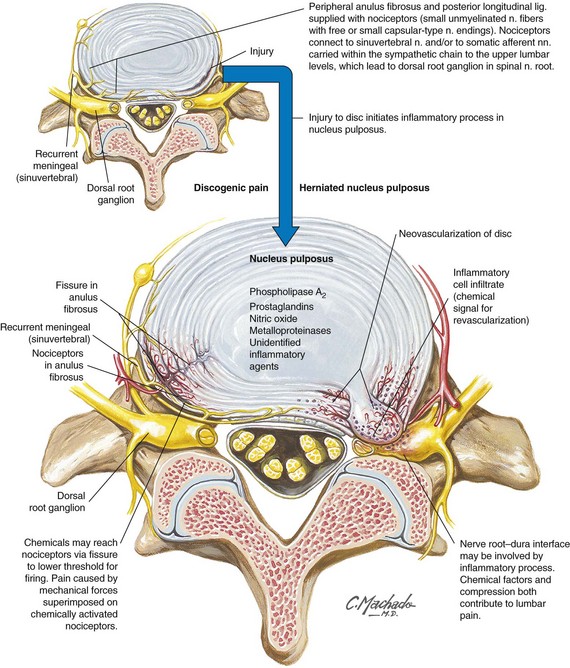





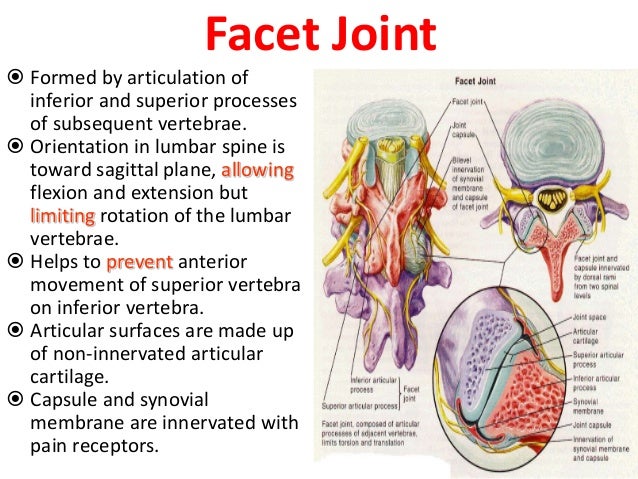
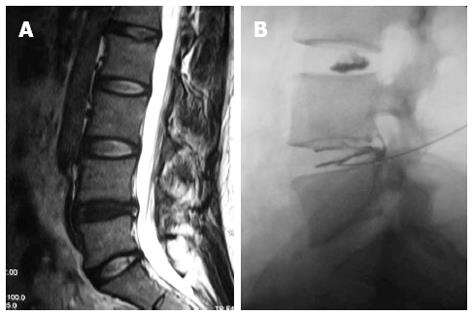
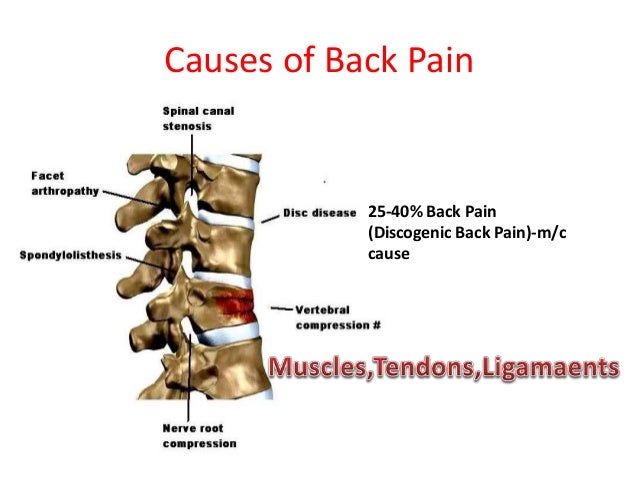

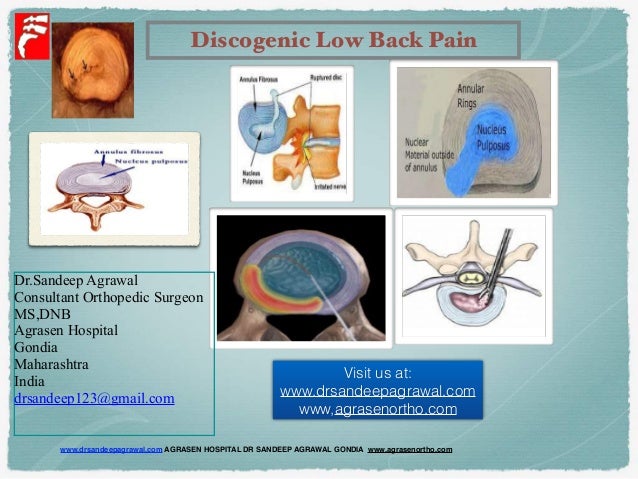

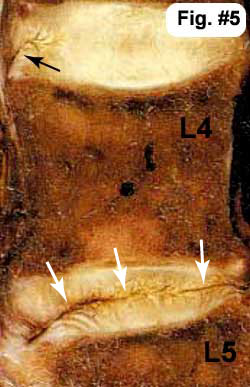



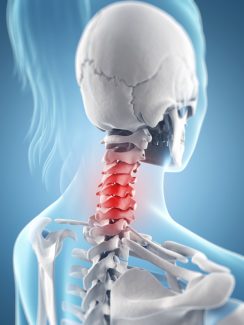
/GettyImages-476657516-818c86c65a3244f38f0ceebc9f70ab32.jpg)


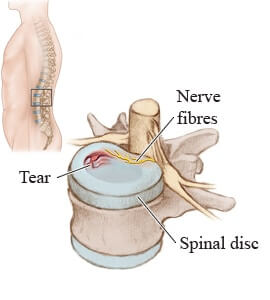



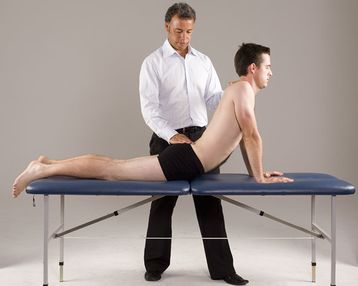






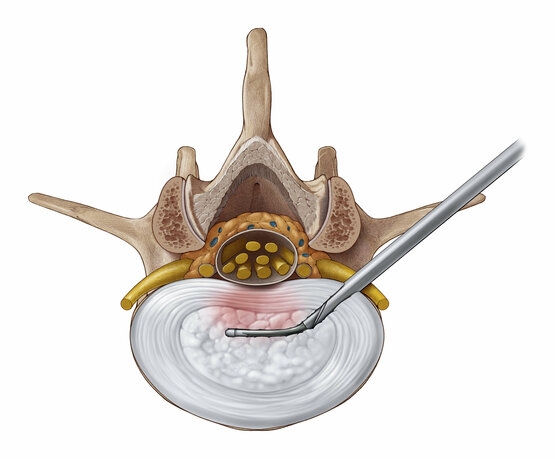

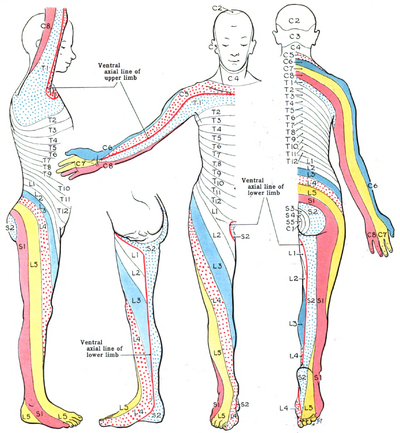
:max_bytes(150000):strip_icc()/discogenicdiscs-56a05eac3df78cafdaa14be7.png)
Post a Comment for "Lumbar Discogenic Pain Syndrome"